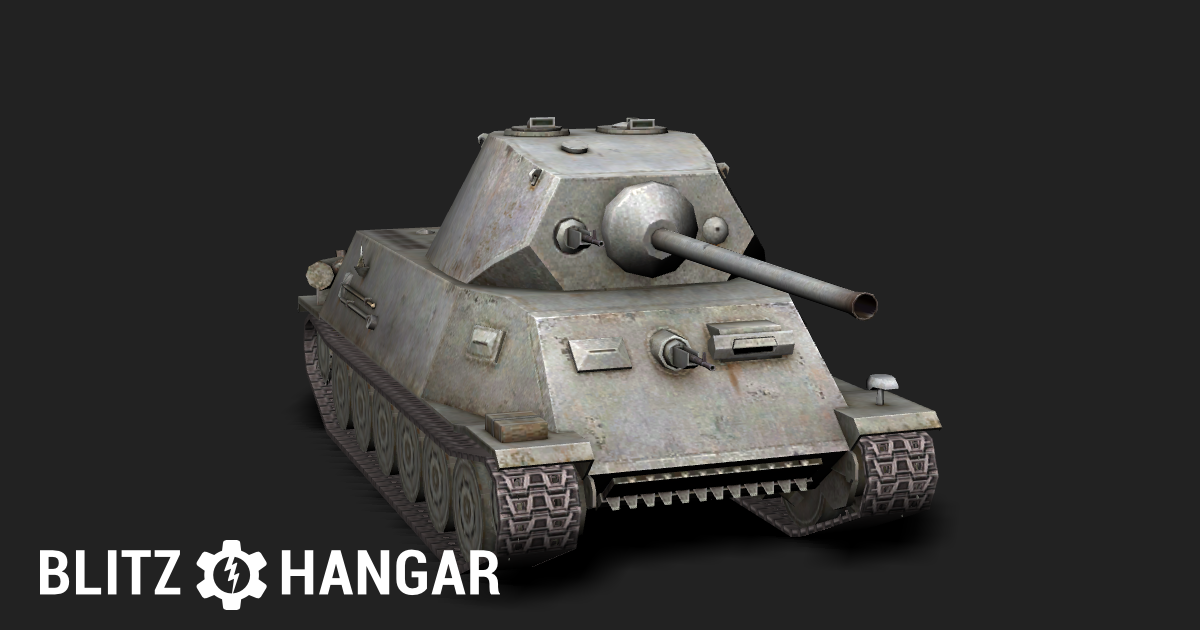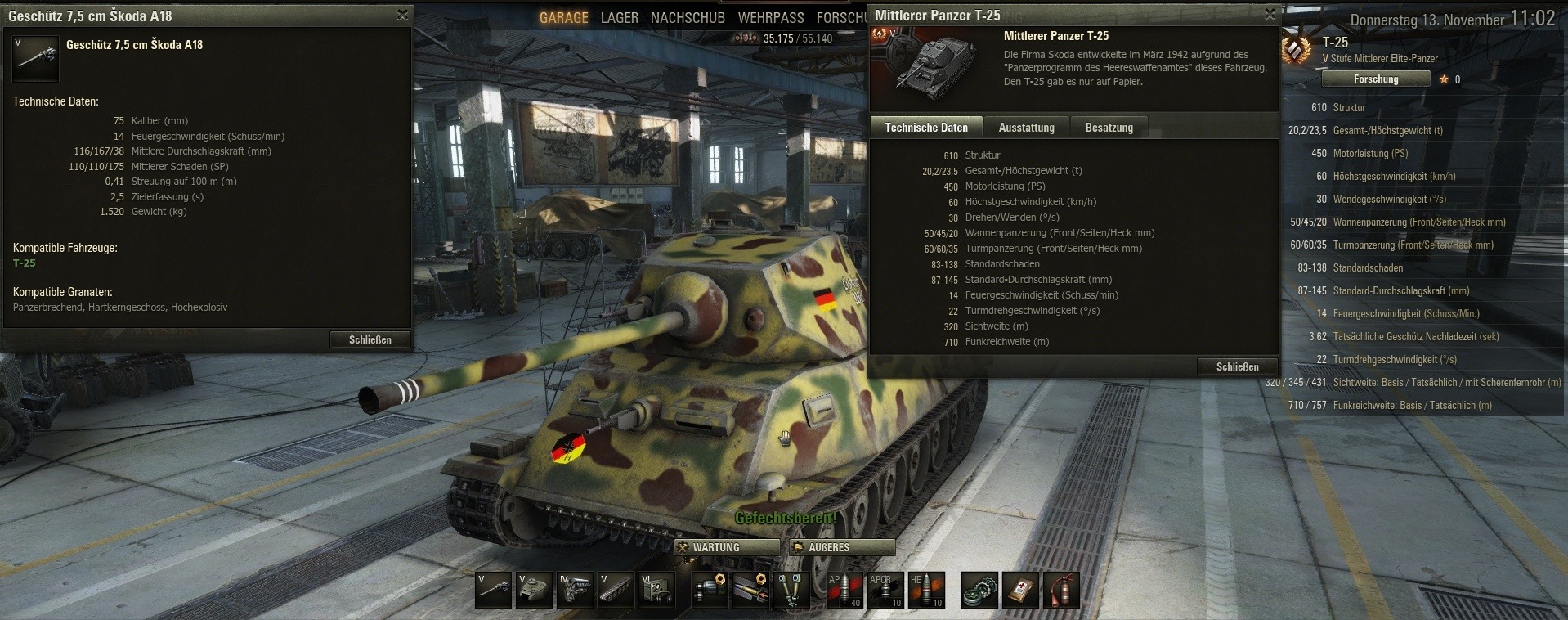

The Germans replaced the original three colored lights used by the Czechs to communicate with the driver with an intercom system. To his right was a vision slit (120 by 3 millimetres (4.72 in × 0.12 in)) with a similar thickness of bulletproof glass. The driver sat on the right side of the tank using a 390-by-90-millimetre (15.4 in × 3.5 in) observation port protected by 50 millimetres (2.0 in) of bulletproof glass and an armoured shutter 28 millimetres (1.1 in) thick. The constant draft generated by the engine greatly affected the crew during cold weather, the danger of an engine fire reaching the crew compartment was increased and the engine noise and heat increased crew fatigue.

This had the advantage of rapidly dispersing gun combustion gases when firing, but several disadvantages. It had several mesh-covered openings to allow access to the engine and improve ventilation by drawing air in through the commander's hatch. A 4 mm (0.16 in) firewall separated the engine compartment from the crew. The Panzerkampfwagen 35(t) was assembled from a framework of steel "angle iron" beams to which the armour plates were riveted. It was used for the remainder of the war by other countries and as a training tank in Bulgaria into the 1950s. In German service, it saw combat during the early years of World War II, notably the invasion of Poland, the Battle of France and the invasion of the Soviet Union before being retired or sold off in 1942. Others were exported to Bulgaria and Romania. 35 or LT-35.Ī total of 434 were built of these, the Germans seized 244 when they occupied Bohemia-Moravia in March 1939 and the Slovaks acquired 52 when they declared independence from Czechoslovakia at the same time. In Czechoslovak service, it had the formal designation Lehký tank vzor 35 (Light Tank Model 35), but was commonly referred to as the LT vz. The letter (t) stood for tschechisch (German for "Czech"). 35(t), was a Czechoslovak-designed light tank used mainly by Nazi Germany during World War II. The Panzerkampfwagen 35(t), commonly shortened to Panzer 35(t) or abbreviated as Pz.Kpfw.


 0 kommentar(er)
0 kommentar(er)
